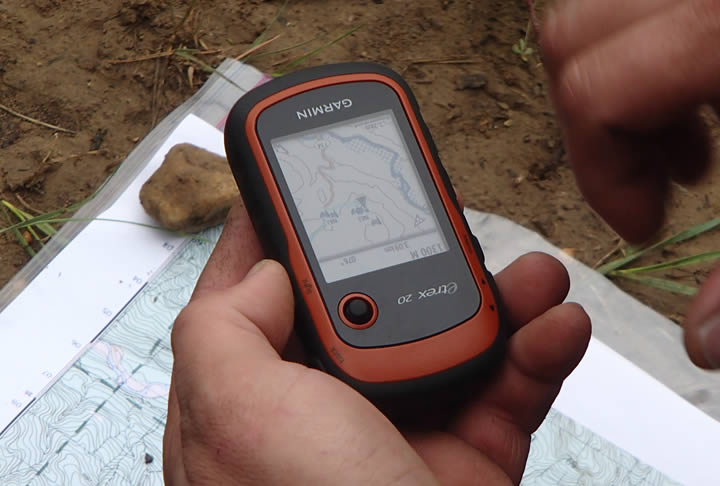“Don't Give Up Your Freedom to Travel in the Wilderness Safely”
– Why Proper Navigation Training is Necessary

The Global Positioning System (GPS) is a tool that should be part of the modern Wilderness Navigators Toolbelt. It is quickly becoming an integral part of navigation in the wilderness along with our cars, planes, and boats. It is also likely to make it out on nearly every trip taken by outdoor enthusiasts.
The Global Positioning System or NAVSTAR as it was once known, is a system of between 24 and 28 US Military Satellites, which along with a handheld or vehicle-based GPS Receiver can be used to locate your position anywhere on the surface of the earth. The Multi Billion-dollar system became fully operational in 1995. It is now a mainstay of vehicle navigation, container tracking, and is used by both SARSAT and SPOT Rescue Beacons for position finding.
A GPS Receiver is neither a toy nor a replacement for navigation skill and map reading ability. It is an excellent tool that will aid a navigator while travelling through the wilderness. Indeed it can find your position within 15m in fog, whiteout or featureless terrain as well as a navigator using a compass on high ground in clear weather.
Proper Programming before taking the GPS Receiver into the wilderness is the key to quick and easy success with the Unit. Read the manual or take a quick course on the subject. It only takes a few hours, but it will make using the GPS a whole lot easier. Here are a few pointers that you should look at if you are planning to buy a GPS.
Buying a Handheld GPS Receiver
- Easy to Use Graphical Interface
- Excellent Battery Life (12hrs+) using 2 Standard AA Alkaline Batteries
- Quick Easily Changeable Batteries
- Small enough to wear under a coat
- Can use UTM and MGRS Grid
- Nitrogen Purged for excellent cold and wet weather performance
- WAAS Enabled
- Multiple Tracks and Uploadable Maps
- USB Hookup
- SD Card or Micro SD Card
- Good Quality Fixed Antenna
- Should be priced under $400 (not including Software or Maps)
- Avoid Touch Screens if you plan to use the Receiver in Cold Weather
A GPS Receiver is easy to use, but must still be cared for like any other fine electronic instrument. It also must be protected from the cold and properly programmed to function.
GPS Receiver Hints and Reminders
- Always carry a Map & Compass
- Check your Map and ‘Mark’ your Waypoints in the Receiver and on your Map
- Carry your GPS in its case
- Hang your unit around your neck under several layers of clothing in cold weather
- Don’t leave the unit out for long periods of time if the temperature is below 0ºC
- More Horizon the More Accuracy you get
- GPS is Not a Replacement for Map Reading and Wilderness Navigational Skill
It is best to think of a GPS Receiver as another tool that should be added to the Toolbelt of the Wilderness Navigator. It definitely a fine addition to a Topographical Map and a Quality Compass. A Good Quality GPS Receiver will give you the chance to explore new areas, get off the trials more and enjoy the wonderful backcountry wilderness we have at Our Doorstep in Canada.
Additional Resources
- Complete Wilderness Navigation [5-Days, Includes GPS Training]
- Navigation Core Seminar [7-Hours, Includes GPS Training]
- Proper Navigation Training [Article]

